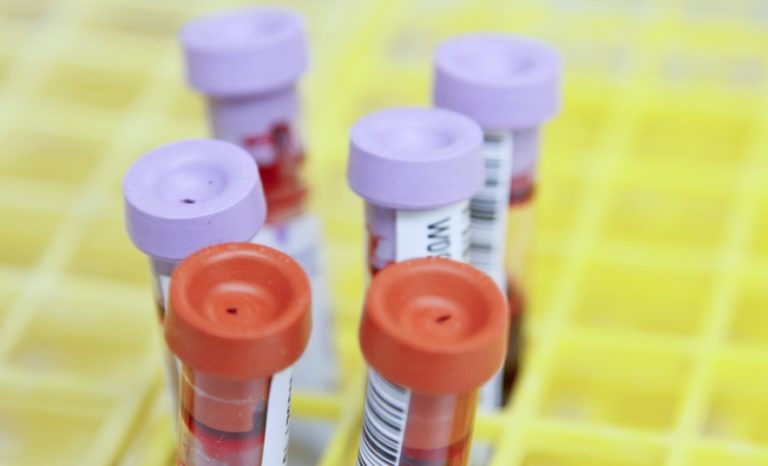May 20, 2021: “This new agreement is in addition to the 600 million doses that have already been committed to the EU through 2021.
The additional 900 million agreed doses are expected to be delivered on a monthly schedule beginning December 2021 and continuing into 2023.
As part of the agreement, the EC also has an option to increase the number of doses delivered by up to an additional 900 million, bringing the total number of potential doses delivered to the EC, inclusive of all agreements, to up to 2.4 billion.
All doses for the EC are planned to be manufactured in the European Union.
“Ongoing vaccination beyond 2021 is critical as COVID-19 continues to spread rapidly throughout Europe and the globe,” said Albert Bourla, Chairman and Chief Executive Officer, Pfizer.
“More than a year later, we continue to learn about COVID-19 and are working to determine if, similar to seasonal influenza, annual vaccination may provide the most enduring protection.
We are proud to be in a position to be a long-term partner in the EU’s fight against this devastating pandemic and remain steadfast in our commitment to potentially produce and deliver billions more doses of our vaccine each year.”
“There is growing evidence that COVID-19 will continue to pose a public health challenge for years. This contract with the European Commission will ensure sufficient doses of COMIRNATY are available for all EU citizens in 2022 and 2023,” said Ugur Sahin, M.D., CEO and Co-Founder of BioNTech.
“With these additional doses and our continued investments in research and development aimed at adapting our vaccine to address new and emerging variants, we will continue to make a significant impact in the EU’s efforts to protect public health.”
Pfizer and BioNTech are committed to the continued development of the vaccine, including evaluation of a potential booster dose, and an updated version of the vaccine to address potential variants.
The distribution of COMIRNATY® by the EU member states will continue to be determined according to the populations identified in the European Union and national guidance.
Based on current projections, Pfizer and BioNTech believe they can manufacture at least 2.5 billion doses of the vaccine, in total, by the end of 2021, with the potential to supply up to 3 billion doses.
The Pfizer-BioNTech COVID-19 Vaccine, which is based on BioNTech proprietary mRNA technology, was developed by both BioNTech and Pfizer.
BioNTech is the Marketing Authorization Holder in the European Union, and the holder of emergency use authorizations or equivalent in the United States (jointly with Pfizer), United Kingdom, Canada and other countries in advance of a planned application for full marketing authorizations in these countries.
The Pfizer-BioNTech COVID-19 Vaccine has not been approved or licensed by the U.S. Food and Drug Administration (FDA), but has been authorized for emergency use by FDA under an Emergency Use Authorization (EUA) to prevent Coronavirus Disease 2019 (COVID-19) caused by severe acute respiratory syndrome coronavirus 2 (SARS-CoV-2) for use in individuals 12 years of age and older.
The emergency use of this product is only authorized for the duration of the declaration that circumstances exist justifying the authorization of emergency use of the medical product under Section 564 (b) (1) of the FD&C Act unless the declaration is terminated or authorization revoked sooner.
Please see Emergency Use Authorization (EUA) Fact Sheet for Healthcare Providers Administering Vaccine (Vaccination Providers) and Full EUA Prescribing Information available at www.cvdvaccine-us.com.
AUTHORIZED USE IN THE U.S.:
The Pfizer-BioNTech COVID19 Vaccine is authorized for use under an Emergency Use Authorization (EUA) for active immunization to prevent coronavirus disease 2019 (COVID-19) caused by severe acute respiratory syndrome coronavirus 2 (SARS-CoV-2) in individuals 12 years of age and older.
IMPORTANT SAFETY INFORMATION FROM U.S. FDA EMERGENCY USE AUTHORIZATION PRESCRIBING INFORMATION:
- Do not administer Pfizer‑BioNTech COVID-19 Vaccine to individuals with known history of a severe allergic reaction (e.g., anaphylaxis) to any component of the Pfizer‑BioNTech COVID-19 Vaccine
- Appropriate medical treatment used to manage immediate allergic reactions must be immediately available in the event an acute anaphylactic reaction occurs following administration of Pfizer‑BioNTech COVID-19 Vaccine
Monitor Pfizer-BioNTech COVID-19 Vaccine recipients for the occurrence of immediate adverse reactions according to the Centers for Disease Control and Prevention guidelines - Syncope (fainting) may occur in association with administration of injectable vaccines, in particular in adolescents. Procedures should be in place to avoid injury from fainting
- Immunocompromised persons, including individuals receiving immunosuppressant therapy, may have a diminished immune response to the Pfizer‑BioNTech COVID-19 Vaccine
- The Pfizer‑BioNTech COVID-19 Vaccine may not protect all vaccine recipients
- In clinical studies, adverse reactions in participants 16 years of age and older included pain at the injection site (84.1%), fatigue (62.9%), headache (55.1%), muscle pain (38.3%), chills (31.9%), joint pain (23.6%), fever (14.2%), injection site swelling (10.5%), injection site redness (9.5%), nausea (1.1%), malaise (0.5%), and lymphadenopathy (0.3%)
- In a clinical study, adverse reactions in adolescents 12 through 15 years of age included pain at the injection site (90.5%), fatigue (77.5%), headache (75.5%), chills (49.2%), muscle pain (42.2%), fever (24.3%), joint pain (20.2%), injection site swelling (9.2%), injection site redness (8.6%), lymphadenopathy (0.8%), and nausea (0.4%)
- Severe allergic reactions, including anaphylaxis, and other hypersensitivity reactions, diarrhea, vomiting, and pain in extremity (arm) have been reported following administration of the Pfizer-BioNTech COVID-19 Vaccine outside of clinical trials
Additional adverse reactions, some of which may be serious, may become apparent with more widespread use of the Pfizer-BioNTech COVID-19 Vaccine - Available data on Pfizer‑BioNTech COVID-19 Vaccine administered to pregnant women are insufficient to inform vaccine-associated risks in pregnancy
- Data are not available to assess the effects of Pfizer‑BioNTech COVID-19 Vaccine on the breastfed infant or on milk production/excretion
- There are no data available on the interchangeability of the Pfizer‑BioNTech COVID‑19 Vaccine with other COVID-19 vaccines to complete the vaccination series. Individuals who have received one dose of Pfizer‑BioNTech COVID-19 Vaccine should receive a second dose of Pfizer‑BioNTech COVID-19 Vaccine to complete the vaccination series
- Vaccination providers must report Adverse Events in accordance with the Fact Sheet to VAERS online at https://vaers.hhs.gov/reportevent.html.
For further assistance with reporting to VAERS call 1-800-822-7967. The reports should include the words “Pfizer-BioNTech COVID-19 Vaccine EUA” in the description section of the report - Vaccination providers should review the Fact Sheet for Information to Provide to Vaccine Recipients/Caregivers and Mandatory Requirements for Pfizer-BioNTech COVID-19 Vaccine Administration Under Emergency Use Authorization
- https://www.pfizer.com/news/press-release/press-release-detail/pfizer-and-biontech-supply-european-union-18-billion.”
https://www.pfizer.com/news/press-release/press-release-detail/pfizer-and-biontech-supply-european-union-18-billion










